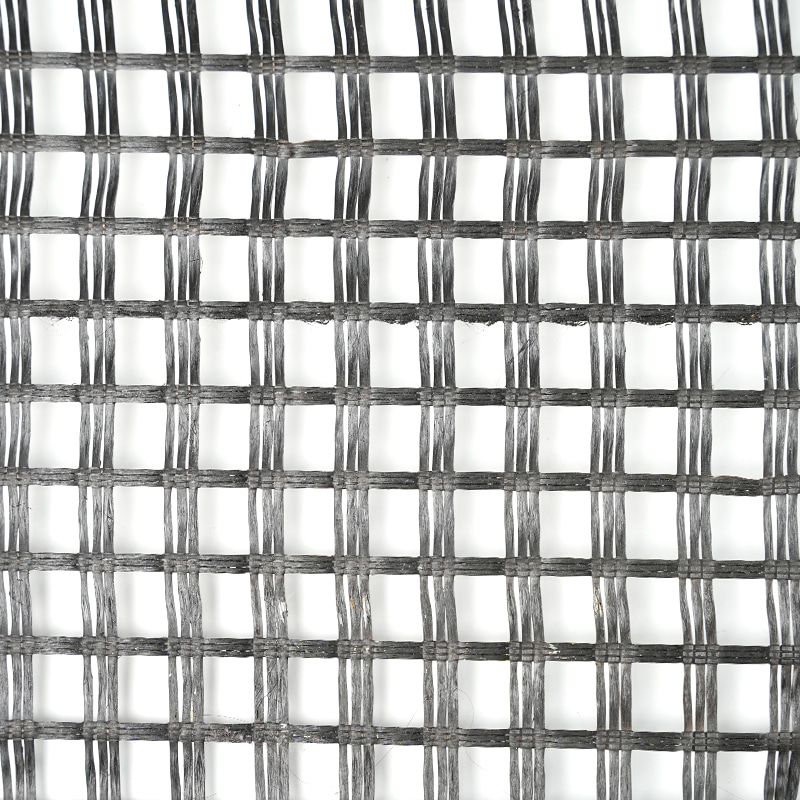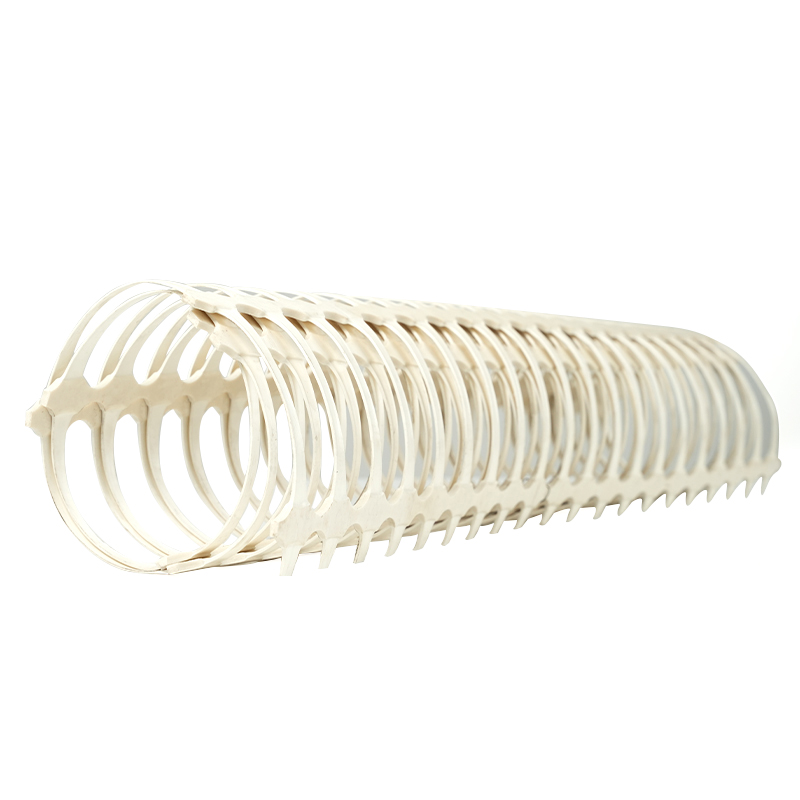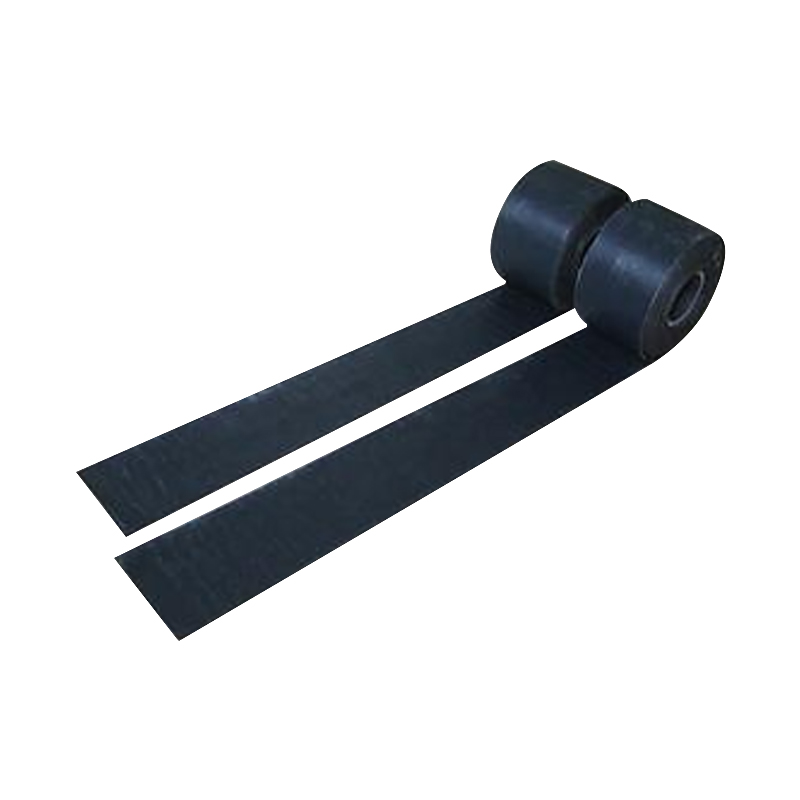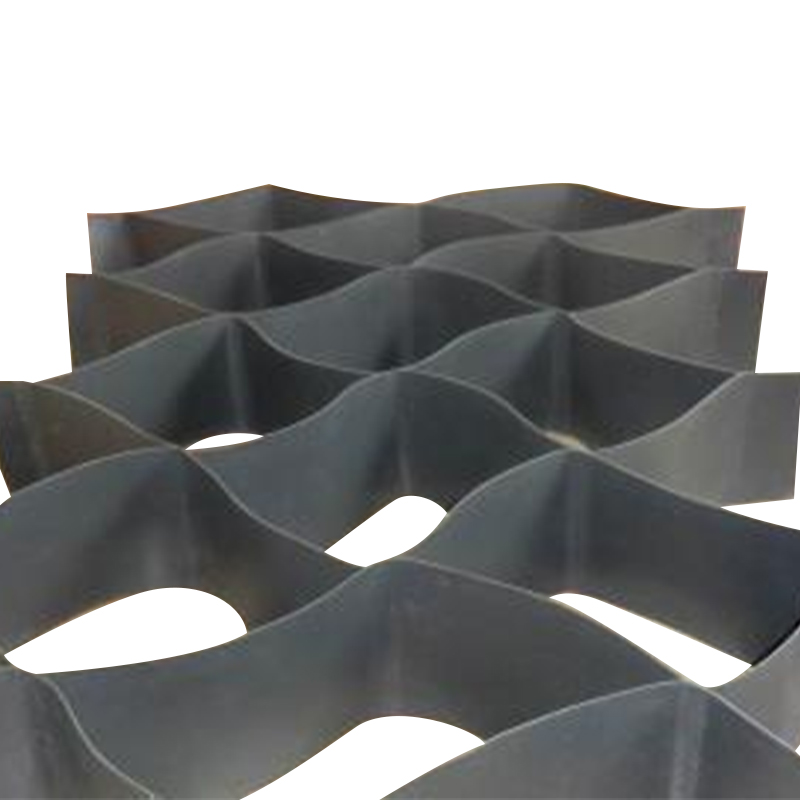 +86 133 3799 1209
+86 133 3799 1209 [email protected]
[email protected]
Web Menu
Product Search
Exit Menu
Industry News
Home / News / Industry News / Main advantages of Fiberglass Geogrid in asphalt pavement reinforcement
News categories
RECENT POSTS
-
What are the differences between a Granulator and other crushing equipment, and what are their combined usage plans?
Dec 12,2025 -
What is the optimal maintenance cycle and key component replacement recommendations for granulators?
Dec 05,2025 -
Will the Plastic Crusher Machine experience overload protection after prolonged operation?
Nov 28,2025 -
What is Fiberglass Geogrid?
Nov 21,2025 -
How to determine if a Geotextile strength machine test result is acceptable?
Nov 14,2025
Industry News
Aug 02,2024
Main advantages of Fiberglass Geogrid in asphalt pavement reinforcement
Fiberglass Geogrid is an important geosynthetic material widely used in asphalt pavement reinforcement projects. It is made of high-strength alkali-free glass fiber woven by advanced warp knitting machines, and coated with high-quality modified asphalt on the surface. It has mechanical properties and weather resistance, and is one of the key materials for improving pavement strength and extending service life.
1. High-strength reinforcement effect
Fiberglass Geogrid is known for its tensile strength and low elongation, which makes it play an important role in asphalt pavement reinforcement. The warp-knitted flat mesh structure effectively utilizes the strength of glass fiber and can significantly enhance the bearing capacity and tensile properties of the pavement. In the case of uneven stress distribution on the pavement, Fiberglass Geogrid can evenly disperse the load and slow down the expansion of cracks, thereby effectively preventing the formation of reflective cracks.
2. High temperature and weather resistance
Asphalt pavements are often faced with high temperatures and changing climate conditions, which requires the reinforcement materials to have good high temperature and weather resistance. Fiberglass Geogrid is coated with high-quality modified asphalt, which is well compatible with asphalt mixture to form an integrated composite material, effectively enhancing the wear resistance and shear resistance of the substrate, thereby improving the durability and stability of the pavement.
3. Long-term stable performance
As a semi-rigid geosynthetics, Fiberglass Geogrid can maintain stable mechanical properties in long-term use. Its low elongation ensures that it is not easy to deform under load, maintains the flatness of the pavement and the stability of the overall structure, effectively extends the service life of the asphalt pavement and reduces maintenance costs.
4. Wide range of applications
In addition to its application in asphalt pavement reinforcement, Fiberglass Geogrid is also widely used in cement pavement, railway roadbed, embankment slope protection, airport runway, sand control and sand protection and other engineering projects. Its versatility and adaptability make it an indispensable and important material in various civil engineering projects.

PRODUCT
CONTACT INFO.
 Tel: +86 133 3799 1209
Tel: +86 133 3799 1209 Fax: +86 0515-884 37718
Fax: +86 0515-884 37718 E-mail: [email protected]
E-mail: [email protected] Add: No. 238 Fengxiang Road, Environmental Protection Industrial Park, Tinghu District, Yancheng City, Jiangsu, China
Add: No. 238 Fengxiang Road, Environmental Protection Industrial Park, Tinghu District, Yancheng City, Jiangsu, China
Copyright © 2023 Jiangsu Saide Machinery Co., Ltd. All rights reserved. Custom Geogrid Manufacturer Geogrid Equipment Factory


 中文简体
中文简体 русский
русский عربى
عربى







